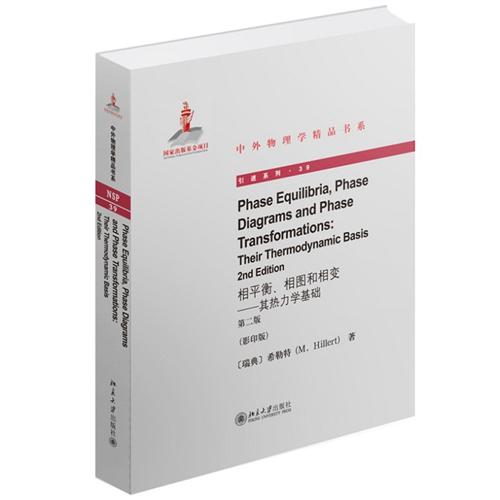相平衡、相图和相变——其热力学基础(第二版)(英文影印版) [2015-06-12] |
|
索书号 O4/Z698/v.39 Preface to second edition page xii |
首 页 >> 上架新书






